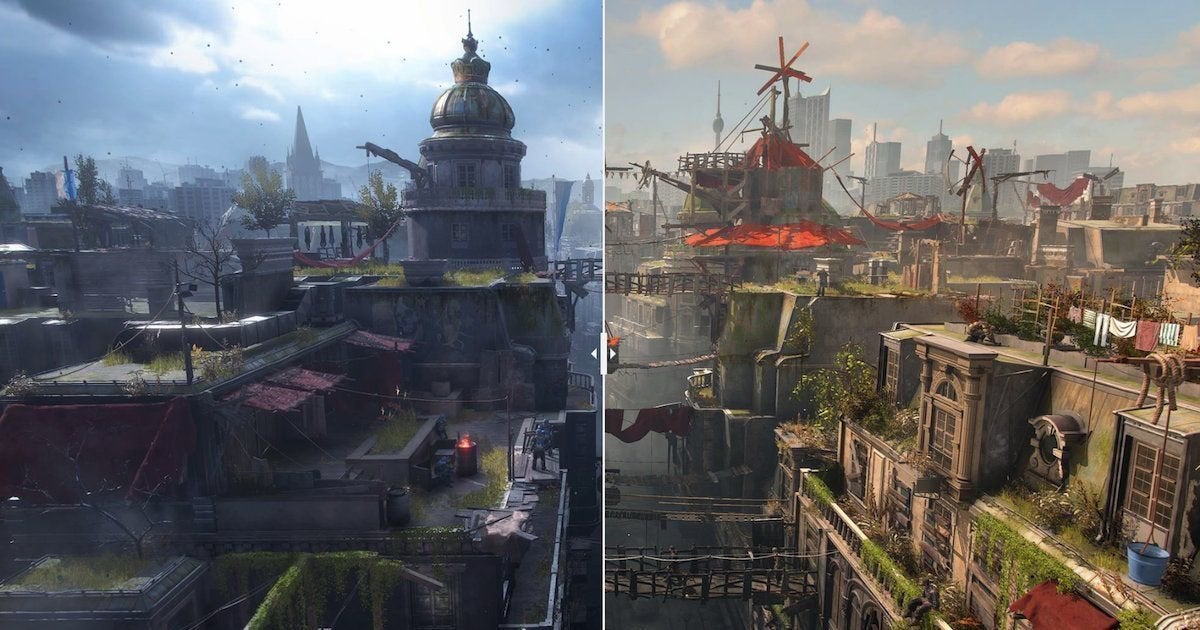
It’s funny, because I feel with the Rift the way I’m sure console people feel when new platforms launch. This is what the Oculus Rift needs to be successful: A solid base of Rift-enabled, big-budget titles at launch. That’s a heavy tax on hardware, and we haven’t even reached John Carmack’s dream of 90-plus frames per second.įorget all that, though. To run properly, the Oculus Rift currently needs games to output a steady 75 frames per second at HD resolutions. That visual fidelity comes at a cost, of course: Performance. This is the best game demo I’ve played since Alien: Isolation‘s VR experience, and for similar reasons-there’s a visual fidelity that’s not possible for most small teams making demos in Unity or Unreal 4.

If you can get that sense of “presence” as VR enthusiasts say, the city becomes a nightmarish playground. Nailing a challenging jump or stumbling on a horde of zombies in the streets is exhilarating when it takes up your entire field of vision. No big deal on a normal monitor, right? Well, seeing the entire horizon turn sideways with the Rift on was enough to make me break out in a clammy sweat and mutter a few expletives. Smektala jokes about one with me where your character awakes on a bed and sits up. On top of that, there are certain sequences that definitely weren’t built with VR in mind. First-person parkour is not an easy thing to stomach with the Rift on, when your brain knows subconsciously you’re just sitting in a chair. I’ve played a ton of Oculus demos and thought I was mostly over the motion sickness, but Dying Light is on a different level. I have no doubt that Dying Light is one of the most intense, unnerving VR experiences I’ve ever had. Oculus added a “Comfort Level” classification system for demos a few months ago. the warning sign that says “stay the hell away from here if you want to live.” Oh, and I (mostly) kept an iron grip on my stomach. I scaled walls, climbed cars, sliced zombies apart with a knife, and crept through pitch-dark streets listening for the telltale signs of ragged zombie breathing, a.k.a. Smektala let me roam around the sandbox for probably fifteen or twenty minutes in VR, though it’s hard to tell time with the Rift strapped to your face. It turns out your brain’s a lot more skeptical about jumping off the edge of a hundred-foot tower when it’s semi-convinced you’re about to actually fall to your death. Earlier, playing on a standard monitor, I’d scaled this tower and then leaped off the other side without thinking twice, landing on a bit of scaffolding below. I began my Rift demo standing on top of a ten-story tower, toes peeking over the edge of some rickety scaffolding. The core of the game is Oculus-ready though. In the early build I saw, there were still some weird issues Techland was wrestling with, especially regarding pre-rendered cutscenes and the HUD.
Best way to play dying light demo full#
Luckily, running is what Dying Light does best.ĭying Light features full native Rift support. Here, the only safe way to survive is to run. And there’s nothing better at making you feel superficially smart than making everyone else dumb, like when you activate a car alarm, watch a horde of zombies shuffle over to it, and then see the car explode into hunks of shrapnel.ĭying Light channels both old and young Romero, opting for slow and dumb zombies during the day but busting out fast, predatory zombies after nightfall.

Dying Light and its brethren tap into one key desire for players-they want to feel smart. It’s a solid foundation for a game, despite my admitted fatigue when it comes to zombie games at this point. So knowing that there’s tainted blood flowing through your veins and you could turn into a zombie at any moment, you’ve got to follow through on your original mission in hopes that there’s a cure out there. And then you get bit like, ten seconds into your mission.


Taking place in Turkey, you’re tasked with infiltrating a quarantined city and figuring out what caused a zombie outbreak.


 0 kommentar(er)
0 kommentar(er)
